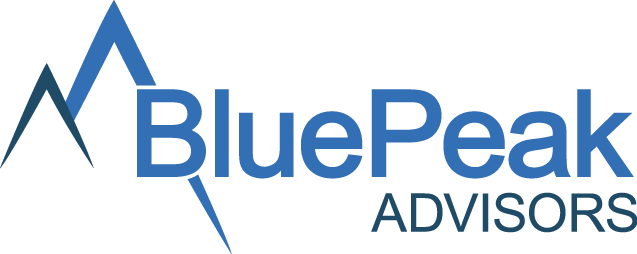On 2/28/2020, CMS released the Civil Money Penalty (CMP) Enforcement Actions for 2019 Program Audits. Contract year 2019 was the first year of this audit cycle and we have incorporated the newly released information and the audit trends within table 1 listed below. Based on this newly released information, here is what we know:
- Number of Audits: A total of 13 program audits were conducted in 2019, which is significantly lower than any audits that were conducted last audit cycle and was just a third of the number of program audits in 2018 (39 program audits). CMS has already stated at the HCCA conference this year that 2020 will have more program audits than prior years so we could see a sharp increase of program audits in 2020.
- Sponsors Audited: The Sponsors selected for audits account for about 62% of the Part D enrollment within the industry. These Sponsors included the three largest Health plans in the industry as well as two MMP plans. Within the previous audit cycle, CMS audited 80% of the Part D enrollment within the first 2 years (2015, 2016) of the audit cycle and if CMS takes the same approach, we may see more large health plans selected for 2020 program audits.
- Audit Scores: In 2019, the average audit score was .78 across the 13 Sponsors, which is lower than any of the average audit scores from the previous audit cycle (2015-2018). SilverScript, one of the largest PDPs within the industry, did not have any audit findings.
- CMP Amounts: The 2019 average CMP was $198k, which is higher than the last two program audit years. Of the Sponsors audited, 46% of the Sponsors audited received a CMP. Although a significant increase from 2018, this number is similar to the CMP frequency from 2016 and 2017. The average audit score for a Sponsor who received a CMS audit was 1.23 and CMS outlined 12 violations within these Sponsor’s CMP notification letter bringing the average CMP per violation to about $100K.
Based on this information, 2019 was an aberration in many ways from last audit cycle as the number of plans audited was less than normal and the audit scores were significantly lower than previous years. This could be a direct result of better plan performance in program audits and/or more leniency by the auditors.
Outside program audits, CMS has taken severe action on four health plans in the past six months. These actions include either a suspension of enrollment, immediate suspension of enrollment and marketing, or the termination of their contract with CMS. One of the best ways to mitigate a Sponsor’s risk during a program audit is to perform a mock program audit to prepare that staff for all the logistics and challenges of an actual CMS audit and identify potential operational and compliance risks to the organization.
Contact BluePeak today to discuss options to support you and your team either with a mock program audit or how we can support you during an actual program audit.
Table 1: BluePeak’s Program Audit Analysis
| Plan Year | Beneficiaries Enrolled in Audited Plans | % Industry | Program Audits | Program Audit CMP Count | Avg Program Audit Score | Program Audits with CMP | Program Audit CMP Total | Avg Program Audit CMP |
| 2015 | 19,418,706 | 48% | 22 | 12 | 1.76 | 55% | $8,484,900 | $707,075 |
| 2016 | 14,067,292 | 32% | 37 | 17 | 1.22 | 46% | $7,295,315 | $429,136 |
| 2017 | 7,371,420 | 16% | 39 | 18 | 1.1 | 46% | $2,599,800 | $144,433 |
| 2018 | 1,026,838 | 2% | 39 | 5 | 1.03 | 13% | $204,900 | $40,980 |
| New Audit Cycle | ||||||||
| 2019 | 27,851,019 | 62% | 13 | 6 | 0.77 | 46% | $1,190,370 | $198,395 |
